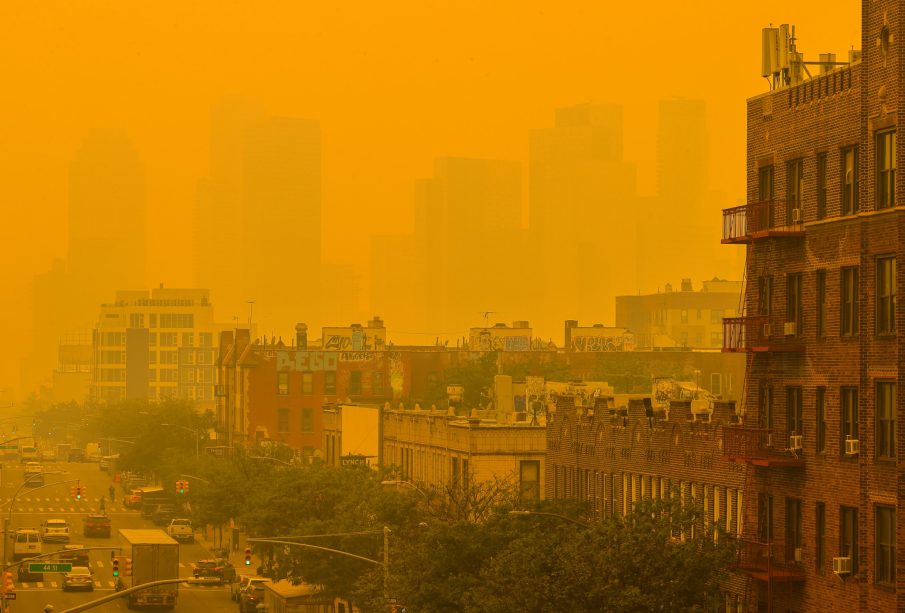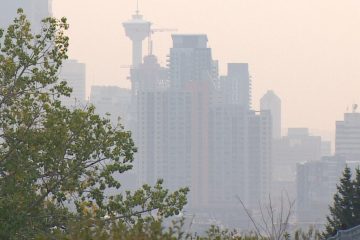The Growing Concern: Wildfires and Air Quality in Canada

The Importance of Air Quality
In recent years, wildfires have become an increasingly prevalent issue across Canada, impacting not just the environment but also air quality and public health. As climate change contributes to longer and more intense fire seasons, understanding the connection between wildfires and air quality has never been more critical. The smoke produced by these wildfires contains hazardous particulate matter, which can lead to severe health problems for individuals, particularly the elderly, children, and those with pre-existing conditions.
Current Wildfire Situation
In 2023, wildfires have ravaged parts of Alberta and British Columbia, with dry conditions and high temperatures creating ideal circumstances for fire ignition and spread. According to the Canadian Interagency Forest Fire Centre, approximately 5,000 wildfires have been recorded this year, burning over 800,000 hectares of land. The Canadian government has declared several regions as high-risk, with emergency services overwhelmed by the intensity of the fires.
Effects on Air Quality
As wildfires continue to blaze, their smoke drifts into nearby urban areas, causing a sharp decline in air quality. The Air Quality Health Index (AQHI) has frequently reached hazardous levels in cities such as Vancouver and Calgary. The smoke contains fine particulate matter (PM2.5), carbon monoxide, and volatile organic compounds, all of which can cause short and long-term health problems.
In recent months, the British Columbia Ministry of Health reported a rise in respiratory issues linked to poor air quality. Hospitals have noted an increase in visits related to asthma attacks and other respiratory illnesses. Vulnerable communities, including Indigenous populations, are disproportionately affected by these changes, as many live in areas more susceptible to wildfire exposure.
Looking Ahead
Experts warn that the frequency and intensity of wildfires are likely to increase, necessitating urgent action to mitigate their impact on air quality. Investments in fire prevention strategies, as well as public health awareness campaigns, are crucial. Citizens are encouraged to monitor local air quality updates during fire season and to take precautions, such as remaining indoors and using air purifiers.
Conclusion
The intersection of wildfires and air quality in Canada represents a significant public health challenge. With the 2023 wildfire season already proving to be intensive and consequential, understanding these dynamics is essential. Increased awareness and proactive measures can protect public health and improve resilience in the face of future wildfires.









